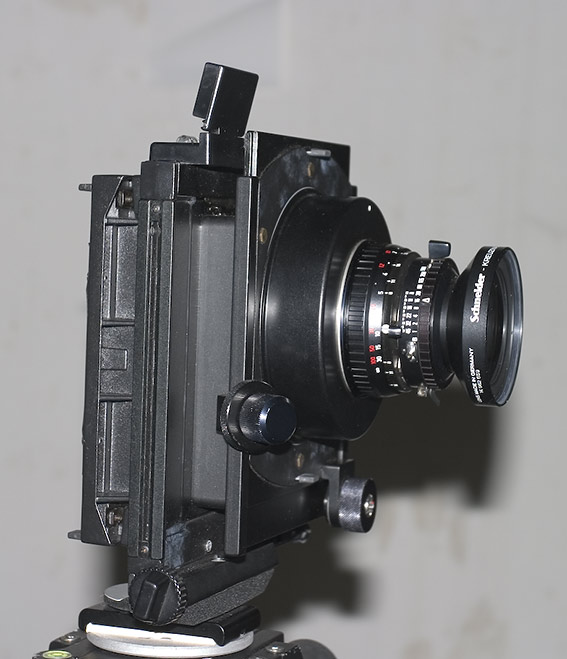A client - ArtDirector - made me think deeper about client´s psychology than ever before:
We had a briefing about a job for a big mobilephone client here in Germany and i suggested to shoot some testimonials digitally. Seemed the most logical way to me.
Than he said something very interesting:
"This client lives and works in a digital world. Everybody can buy a digital camera to shoot people in many ways. So digital media is very common with them. Maybe they start to think about shooting tzestimonials in a way like "look - it´s so easy these days, isn´t it . . why the hell don´t we try it ourselves? Why spending THIS much of money for a photographer? Why is that so expensive?" and so on." That´s what he said. Than:
"To really impress clients of that kind you have to build some miracoulos things around them which they don´t know! Digital they know - in every kind".
Analogue, with manual metering light, making Polaroids and bigger formats - shooting a portrait for instance on 4x5" - that´s miracoulos to them! They´ll adore you as a master of Oz kind and i bet, costs are no objects . . . "
Wise guy he is. It went exactly this way: i did some shots on 4x5" and some portraits and the stills on 8x10" and the main in 6x6 - and what can i say: the faces of some junior art directors and young, clever and smart guys and gals at the client´s you should have seen when they were shown the 8x10" transparencies . . .


"Lighttable? What´s that? We don´t have it here". That really was amazing

.


